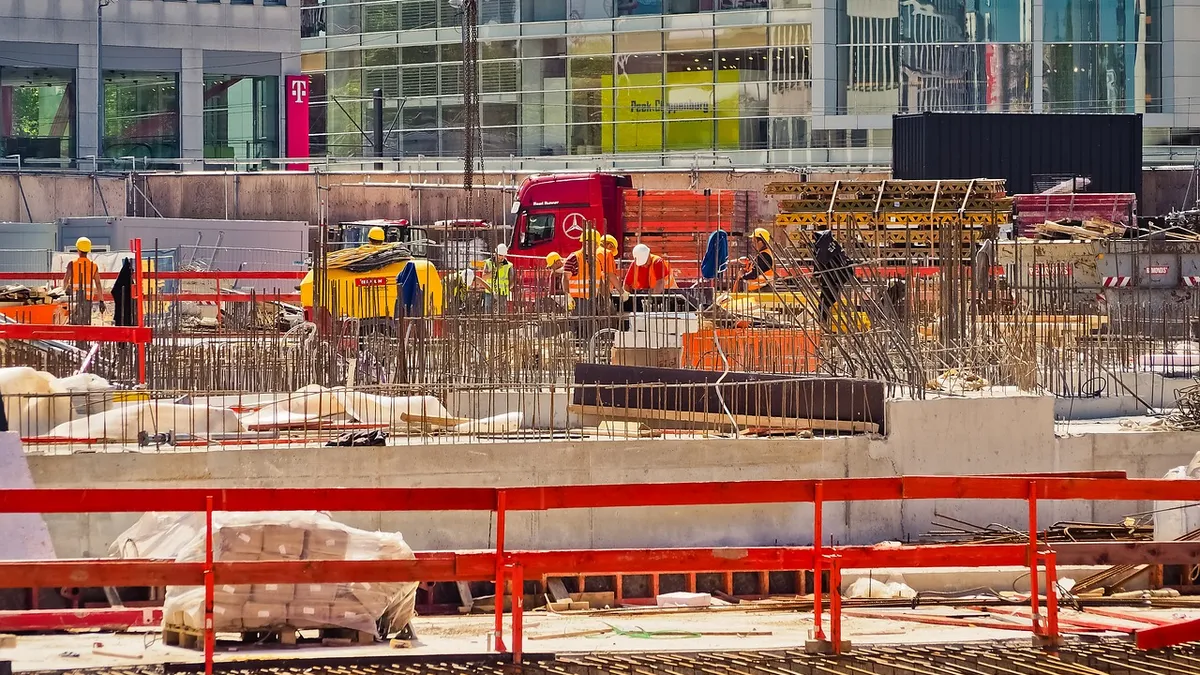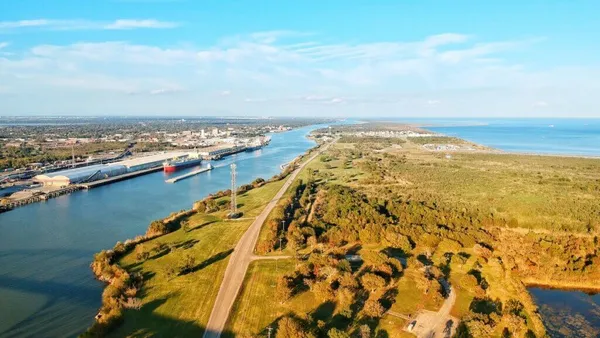Is Software Eating the Construction Industry?
Marc Andreessen is an internet pioneer who helped create the first widely used web browser (Netscape). In 2011 he noted that “software is eating the world”, evidenced by changes in many businesses across multiple sectors. Construction is not immune to this trend and as the connected jobsite slowly starts to become reality, we are seeing the rise of the centrality of software to jobsite automation.
The most visible of the impacts of software in construction is project management. Project Management software focuses on some key information functions in the construction life cycle. These functions include document management, scheduling, and financial management, and safety. Some now work to extend into field management with functions like time tracking, or subcontractor management.
All of the functions that Project Management software systems address are generally centered around documents and workflow between team members. But there is another important piece that is required to fully realize the potential of the automated jobsite in construction – real-time jobsite information. Once a design is complete, and a project plan is put in place, we have to execute the construction. It is this phase that determines the actual outcome of the project in terms of cost, schedule, safety, and quality. It is this phase that makes the design and the plan a reality.
Jobsite Information Management (JIM) is what we will call the function to manage information coming from the actual jobsite during the execution phase. This jobsite-execution information is different in nature than that managed by the Project Management system. The workflows and value provided by the JIM serve the functions of project execution and can significantly affect project outcomes in terms of cost, schedule, safety, and quality.
Data Managed by the JIM
The types of real-time information gathered from the jobsite during execution phase include:
- Materials and Assets – when materials, assets appear; utilization
- Photo documentation – as-built documentation; information about issues;
- Visual Monitoring – real-time remote visual monitoring
- Personnel workflows – productivity, efficiency, cost validation
- Safety compliance – incidents; compliance with policies
- Security – monitoring to support asset and staff security
This data is collected in real-time across the jobsite through a variety of means. Cameras and Drones can be used to capture photo documentation. Materials, assets, and personnel can be tracked using electronic tags. Real-time visual monitoring for remote diagnostics and project monitoring are provided by fixed cameras, or mobile smartphone/table applications. Security monitoring is provided through a combination of cameras and sensors.
Insights, Actions & Organization
The JIM serves several critical functions for the project team including:
- Identify critical issues suggested by incoming site data to support safety compliance
- Provide materials status information to support schedule management
- Provide asset utilization information to help control costs
- Share across team according to workflow rules
- Automatically organize collected jobsite data
- Detect safety and security events; document and notify team
- Remote expertise and diagnostics
The JIM works to provide insights to the project team using information filtering, searching, and analytics for automatic detection of events. It supports rapid action by automatically detecting events and jobsite status in real-time and relating that event or status to the project plan and communicating it across the team.
Automated software analytics can operate on all the JIM data sources to automate detection of events, and classification of incoming information. For example, safety and security events can be detected automatically, reducing the manpower required to assure compliance with safety protocols and documenting events.
Jobsite data is automatically archived in terms of project phases and milestones and plans to streamline as-built documentation. An example of this is companies starting to automatically organize project imagery in 3D using the BIM model.
Real-time visual monitoring can be used to deliver remote expertise and diagnostics to keep a project on-track and lower cost. When project issues arise, the best expertise can be brought in remotely (think telemedicine) to diagnose and plan corrections in real-time, helping maintain schedule and project quality.
A Proposed JIM Architecture
In addition to managing the required incoming data, and supporting the project team functions above, a successful JIM must also address some additional requirements to be a viable solution for the automated jobsite. These include:
- Cloud-based – allows simplest deployment at lowest cost, and flexible access
- Integrated – must seamlessly integrate with other construction software functions such as Project Management and BIM
- Mobile – must be fully accessible by the project team on-the-move
- Scalable and flexible – to support various project types and sizes
- Multiple data sources – support inputs from various types of sensors and inputs on the jobsite










